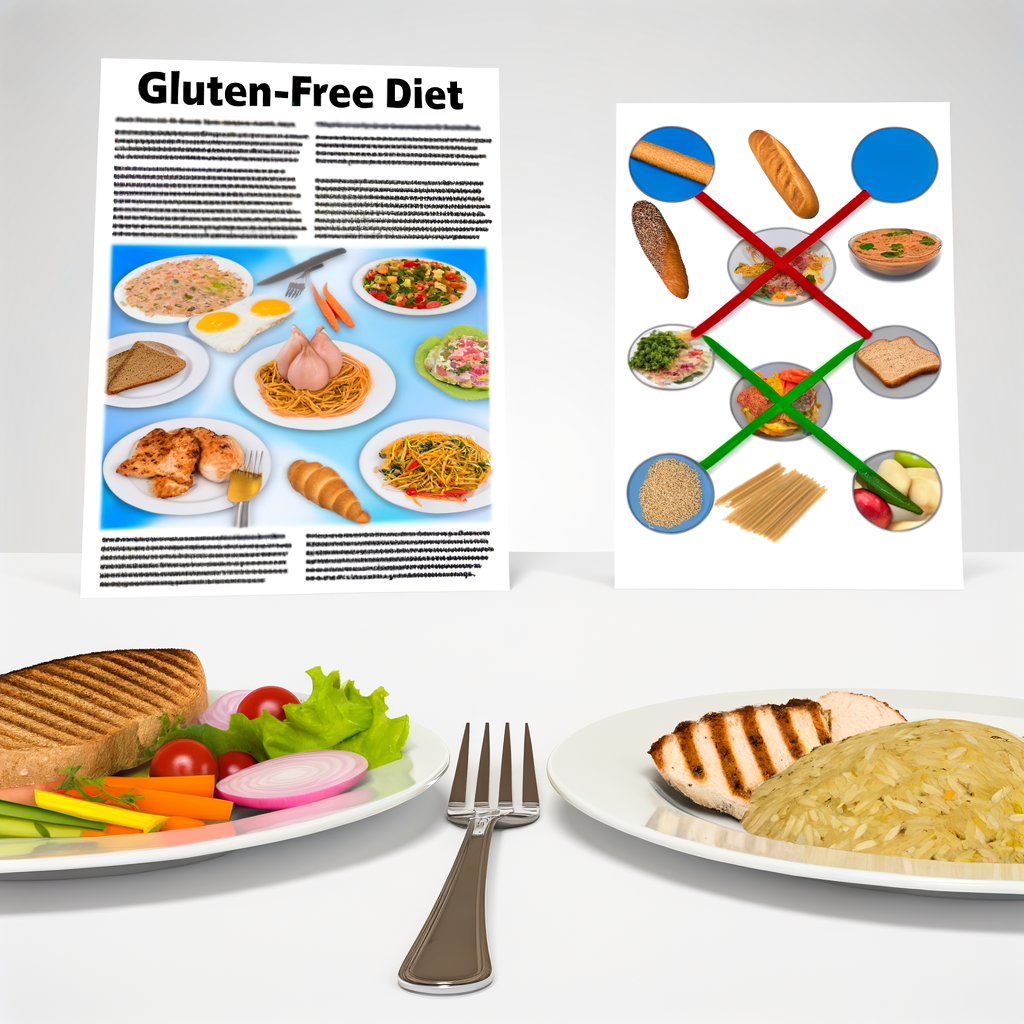In recent years, there has been a significant increase in the number of people embracing a gluten-free diet in Europe. This trend is not just a fad, but a necessary dietary choice for those with celiac disease or gluten intolerance. As an expert chef, it is important to understand the impact of this dietary preference and how to cater to it in the kitchen.
Gluten is a protein found in wheat, barley, and rye, and is commonly used in many European dishes. For those who are gluten intolerant, consuming gluten can lead to various health issues, such as bloating, abdominal pain, and even damage to the small intestine. This is why it is crucial for chefs to be aware of gluten and its potential effects on their customers.
Fortunately, there are many gluten-free alternatives available in the market today. From gluten-free flours to alternative grains like quinoa and buckwheat, there are plenty of options for creating delicious and satisfying meals without gluten. As a chef, it is important to experiment with these alternatives and incorporate them into your dishes.
Moreover, when preparing gluten-free meals, cross-contamination must be avoided at all costs. This means using separate equipment and utensils, as well as being careful when handling ingredients that may contain gluten. By taking these precautions, chefs can ensure that their gluten-free dishes are safe for those with dietary restrictions.
In conclusion, as the popularity of gluten-free diets continues to rise in Europe, it is crucial for chefs to adapt and cater to this dietary preference. By understanding the importance of gluten-free options and taking necessary precautions in the kitchen, chefs can provide delicious meals that cater to all dietary needs.





